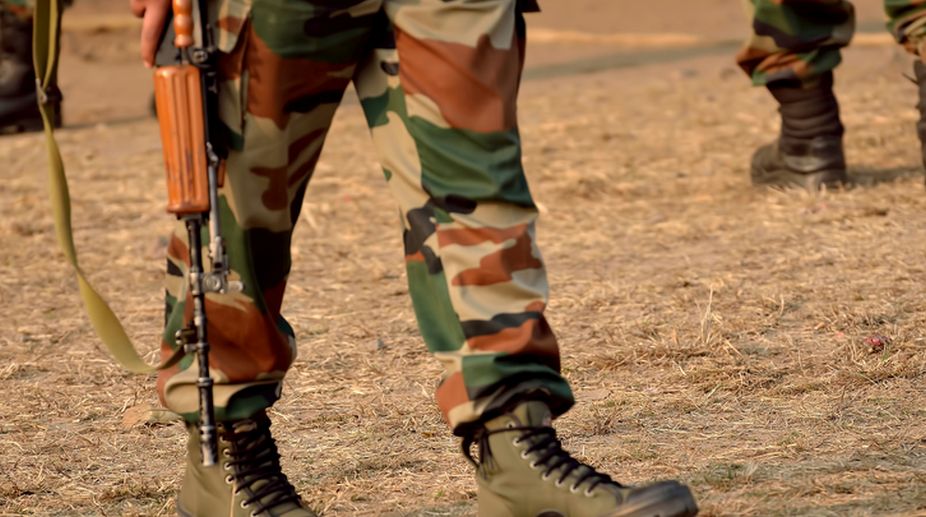Congress, allies sabotaged Jammu’s national projects: Dr Jitendra Singh
The minister further alleged that the Congress also denied 4% reservation to the people living along the International Border in this region.

Representational Image (Photo: Getty Images)
Was the Chief of the Army Staff being diplomatically reticent when he, seemingly casually, referred to Pakistani shelling as a contributory factor ~ along with global warming and climate change ~ to the avalanches that have claimed lives of at least 20 Indian soldiers in Jammu and Kashmir recently? Maybe it would be in the larger interest to publicly attribute the avalanches in the Gurez and Machhil sectors to “nature’s fury”, yet the fact that the Chief did mention that the hillside had been rendered unstable by sustained firing across the Line of Control has sown seeds of suspicion that the devastating flow of snow and rocks had been the result of “enemy action”.
The use of firepower to “trigger” avalanches and landslides is now considered a legitimate military tactic (if there is indeed anything “legitimate” about violence), and the deaths of the 19 soldiers just accorded a tearful farewell could well have been the result of shelling targeted at setting off an avalanche. Without attempting to join the chorus that always projects the Pakistan forces in negative light, let it be realised that using avalanches as a weapon is also part of the study at the Snow and Avalanche Study Establishment of the Defence Research & Development Organisation at Manali. So both “sides” play the same dubious game: the only difference being Pakistan never discusses military setbacks (at least not when inflicted by its eastern neighbour) while in India’s more open society such matters are not easy to conceal. Another reason to suspect something sinister is that the landslides and avalanches had limited impact on civilians in Machhil and Gurez: though it could be contended that only soldiers are required to be present on the mountainside in bad weather conditions.
Distrust is what has created the conditions which make it necessary to hold/patrol the higher reaches even when winter is at its peak. Till some two decades back it was customary for the troops on both sides of the LOC to withdraw to “winter positions” and return to the higher reaches in warmer climes. But in the winter of 1988-99, men of Pakistan’s Northern Light Infantry exploited the “off-season” to establish the launch-pads for the incursions at Kargil, and changed the “dynamics” of the situation. The result being that Siachen-like defences have to be maintained at all times. At a demanding cost in both financial and human terms. It would require a rare avalanche of goodwill to persuade the Directors-General of Military Operations to agree to a frost-bitten truce.
Advertisement
Advertisement